A few minutes of conversation with Herbert Jones reveals his introspective nature. His answers to questions include greeted pauses and drawn-out words, as if he wants to avoid being hasty and leave out crucial details as he curates a response on the fly.
Curiosities about his development as a shooter, defender, and assimilation to NBA life are met with patient, lengthy insights. Jones aims to welcome people into his basketball world, perhaps because the basketball world has so graciously welcomed him.
Midway through his rookie season with the New Orleans Pelicans, Jones is one of the brightest first-year players across a landscape flooded by them. Rising stars like Evan Mobley and Cade Cunningham dominate the headlines, but Jones’ play suggests they might be his contemporaries on the All-Rookie First Team come springtime. Unlike them, Jones had to wait quite a while to hear his name called during last summer’s draft. Thirty-four players were selected before him, but only a handful have been better thus far.
At 6’8 with a 7-foot wingspan, Jones is an omnipresent defender whose assignments this season feature a who’s who of modern NBA stars: Kevin Durant, Luka Doncic, Trae Young, and more. There is no shortage of trial by fire opportunities for the 23-year-old.
“It’s never a night off, and I love that about the NBA,” says Jones, who received the nickname “Straightjacket” from fellow Pelicans rookie Trey Murphy III. “My teammates, my coaches, they trust enough in my defensive abilities to go out and make it tough on these high-level scorers.”
Players like Durant, Doncic, and Young are all starkly different in how they ink their signature of stardom. Understanding their tendencies — the proper level of aggression to inflict, how many dribbles they prefer before shooting, whether they’re better driving left or right, etc. — are all part of the consistent learning curve.
“In college, you could send guys to their off-hand and they’ll probably struggle,” Jones says. “But in the NBA, sometimes, it’s better to send them to their stronger hand because they’re less efficient driving to their stronger hand because it’s harder for them to shoot pull ups. Most guys, like right-handed guys drive left, it’s easier for them to pull-up with their right hand.”
Rookies are not often tabbed for those matchups by default. Even though Pelicans have dealt with injuries much of the season, Jones earned these battles. He functions with the fluidity of a jittery guard defender, winds around screens like they’re weathered traffic cones, and is constantly sticking his mitts where opposing defenders don’t want them. His exceptional lateral quickness stems from footwork drills, he says. Jones aims to land softly before immediately exploding into another movement, ensuring he’s always light on his feet.
His block and steal rates both rank above the 90th percentile, according to Cleaning The Glass, and he’s fourth league-wide in total deflections. He’s already a borderline All-Defensive Team-caliber stopper. Hone in on Jones defensively for a few minutes and track how many times he’ll influence a play with his hands. The number probably hits double-digits before too long.
But he didn’t always operate this way. When Jones was a junior at Alabama, the school hired a new head coach in Nate Oats, who preached the importance of “high hands up on passes.” During practice, they performed drills that focused on “pass challenges.” Jones started to recognize the value of high hands, both in live action and film sessions.
“It was definitely a process because I wasn’t too cognizant of it before coach Oats got there,” Jones says. “Once I saw some results of how it affected the passer, and not necessarily me getting steals, but making it easier for the defense to recover — like, they had to make a skip pass — it was easier for me to make that transition to try to challenge every pass.”
Jones’ father, Walter, imparted the general gravity of defense many years ago. Growing up, Jones and his brother were told, “the shots might not fall some days, but your defense, it’ll follow you anywhere.” That mantra resonated, and Jones has validated it ever since.
His defense popping is not a surprise — popping to this magnitude so abruptly can be considered unexpected, in fairness — but Jones’ offense is the real kicker. After shooting 28.8 percent beyond the arc in college (35.1 percent as a senior), he’s opened his inaugural NBA campaign at 38.2 percent from deep on volume never achieved at Alabama. Over his past 14 games, tangible signs of development are bubbling. He’s averaging 13.6 points on 63.6 percent true shooting, including a 40.9 percent mark from three. Across his previous 30 games, he averaged just 7.2 points and drilled 34.4 percent of his threes.
These days, he’s quicker to launch triples, more successful snaking his way through traffic as a slasher, and is seeing a few more touches to create with the ball in his hands. Jones is aware of this stretch and the factors driving it.
He doesn’t merely brush everything aside with broad truisms of “trusting the work” or growing more comfortable and confident in his role. They’re justifiably mentioned — he says the confidence his teammates and head coach Willie Green bestow him is vital — but he’s again introspective and pulls back the curtain on those concepts.
During his second year at Alabama, Jones endured what he calls a “sophomore slump.” After an encouraging freshman season, the progress he, and perhaps others, anticipated didn’t quite manifest. “I had a bad year,” he says of a year that saw his numbers largely plateau or decline across the board.
Yet the words of an assistant coach, John Pelphery, helped him navigate the slump. They’ve stuck in the ensuing years and solidified his belief that becoming a good shooter was always a matter of when, not if.
“He gave me an example of a road to success, and a lot of people think it was a straight line. And then, there’s this other line that went all around the world,” Jones says. “He said, it might not happen in six months, it might not happen in two years. But if I kept working, it’ll eventually happen. And I just believed in that.
“A lot of the times before, when I was struggling from three, I’d get to a game and wouldn’t trust the technique that I had been working on in the gym by myself,” he continues. “I feel like now that I’ve been putting in a good amount of work, I just go out and trust my work.”
Jones acknowledges he’s playing heavy minutes for a rookie. Only three rookies have played more thus far. That doesn’t, however, mean his adjustment period is any shorter. Learning how to play alongside the Pelicans’ offensive pillars, Jonas Valanciunas and Brandon Ingram, requires time.
In 129 collegiate games, he only attempted 118 threes. In 44 NBA games, he’s already attempted 76, 44 of which have come over the past four weeks (14 games). Once a drive-first, shoot-second player, Jones maximizing NBA life demands a reshaping of his priorities.
He knows optimizing interior-inclined scorers like Valanciunas and Ingram means launching those threes more often. Sure, an attack off the catch might suffice and he’s capable of them, but what best suits the offense is taking advantage of the open looks from deep. Balancing all of that is a process.
“I’m just trying to figure out what other guys’ favorite spots are on the court, so I’m gonna complement those guys,” Jones says. “I feel like I’m getting more comfortable in that role. When I figure that out, I think it’ll be even easier for me to figure out how to chip in on the offensive end.”
He doesn’t solely “complement those guys” as a floor-spacer. He’s also a savvy off-ball screener and cutter. Playing under Walter as an underclassman at Sunshine High, Jones learned the value of moving, cutting, and screening.
“Whenever my man turns his head, I just try to find a gap in a defense to make someone either commit to me and somebody else is open. Or, they leave me open and I can score the ball,” he says. “I never wanted to be a guy that, when I passed the ball, liked to just stand there.”
Further illuminating the impact he could craft without the ball was a wrist injury he suffered his junior year at Alabama. In late January 2020, he fractured the wrist on his dominant left hand, which briefly sidelined him. Two weeks later, he returned to the lineup donning a bulky cast that interfered with his shooting and dribbling capacities.
Before the injury, he averaged 9.9 points and 7.3 shots per game. After the injury, he averaged 3.3 points and 1.9 shots, including three games where he didn’t even attempt a field goal. Jones still started seven of his eight post-injury games. The Crimson Tide relied on his services and he wanted to provide them.
As a result, he established other avenues to contribute, separate from the ball being placed in his hands. He mastered the delicate art and timing of pin-in screens to spring free corner shooters. During that period, high-level feel and instincts were reinforced as fundamental to his offensive mark. “I feel like it had more of an impact mentally than it did anything with basketball,” he says.
Ahead of training camp this fall, Jones dialed Pelicans wing Garrett Temple, who he immediately identifies as a veteran who’s been crucial in simplifying his rookie season. Jones heard stories about players who overextended themselves during training camp and were gassed by season’s end. As someone who “always tried to play as hard as [he] could,” Jones wanted to avoid that experience.
Temple gave him advice that helped Jones lay the foundation for his first year in the league: Get in ahead of veterans for pre-practice treatment. Take care of your body. Refine every part of your game, even areas beyond the ones addressed with the team. Establish a dietary routine — in college, treatment and meals were readily available. Jones didn’t have to organize much of it himself. Breakfast and lunch could be eaten at the gym. Snacks were accessible. A dining hall for dinner was nearby.
Now, he has to build his own structure, which was certainly not the case before. Critical habits like these can get buried amid newfound free time.
“My schedule,” Jones says, “is nowhere near as busy as it was in college.”
That schedule now includes nightly duels with NBA royalty. Thanks to his basketball background, they’re duels that Jones is equipped to win.
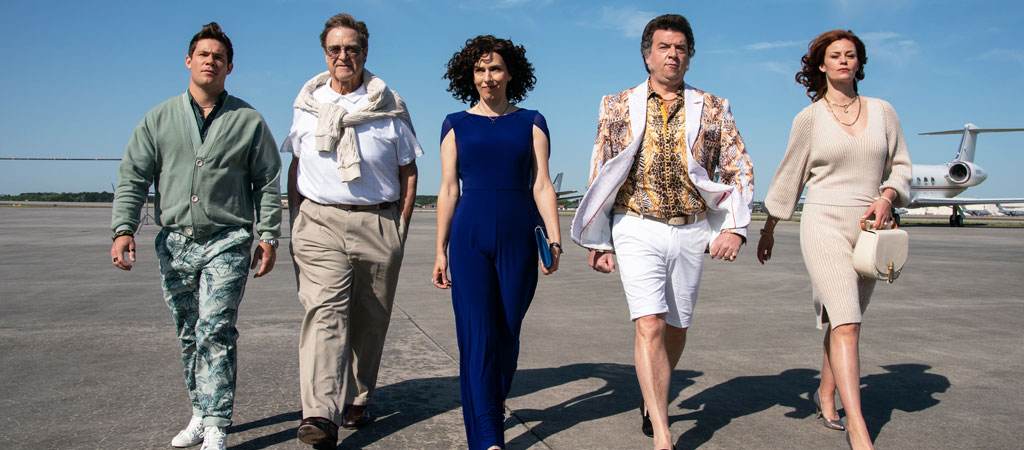

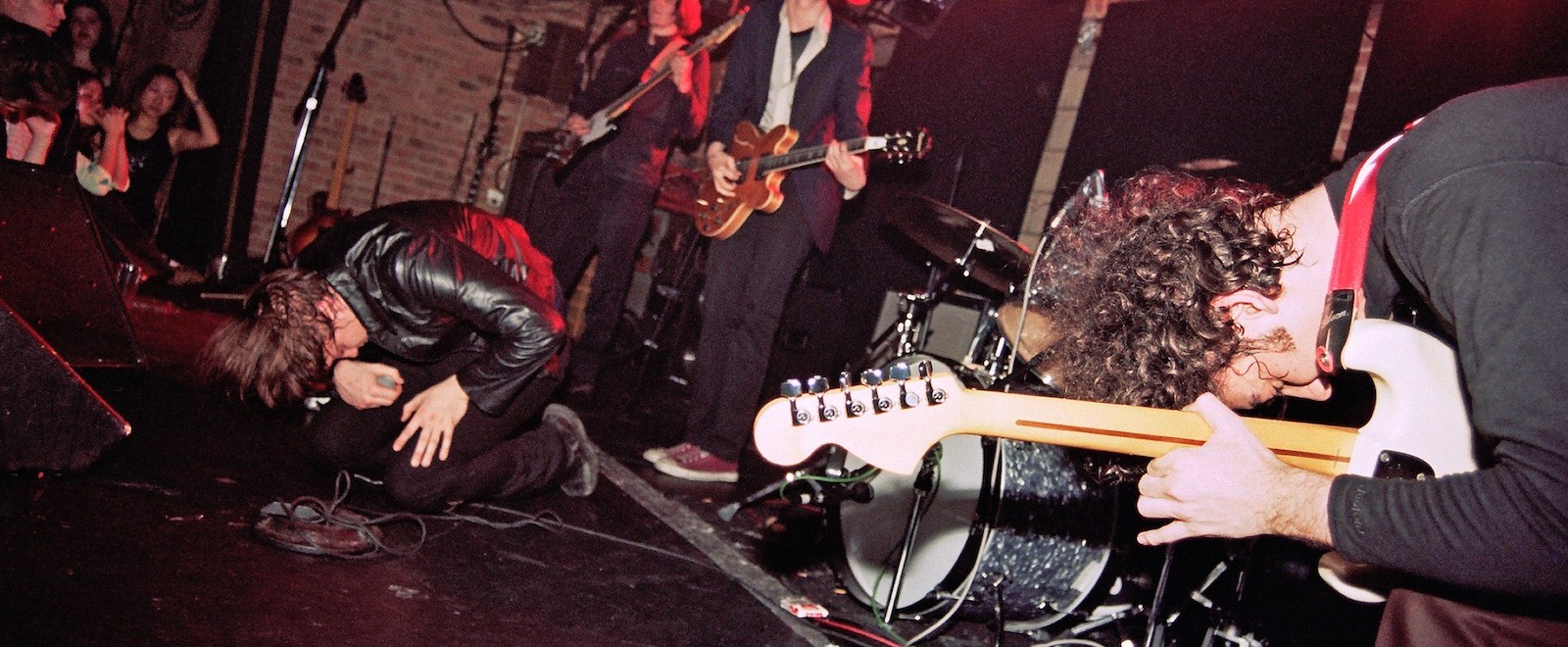
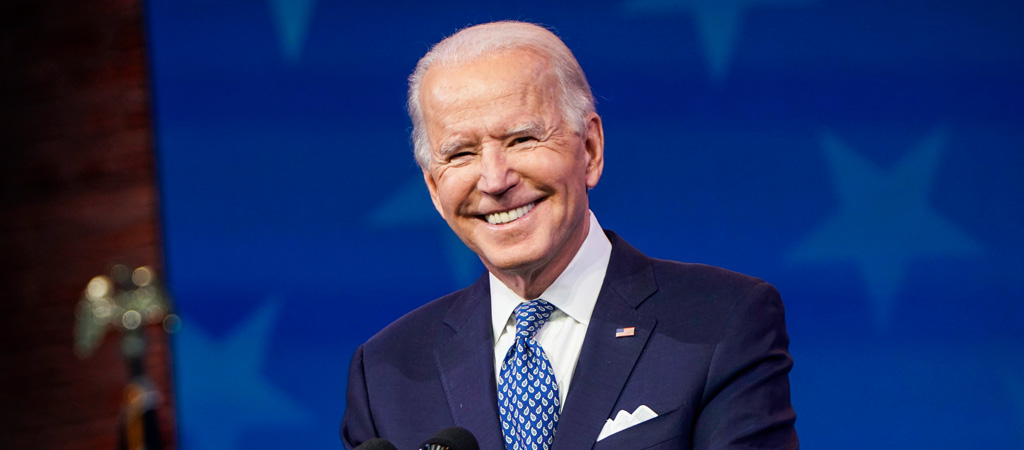
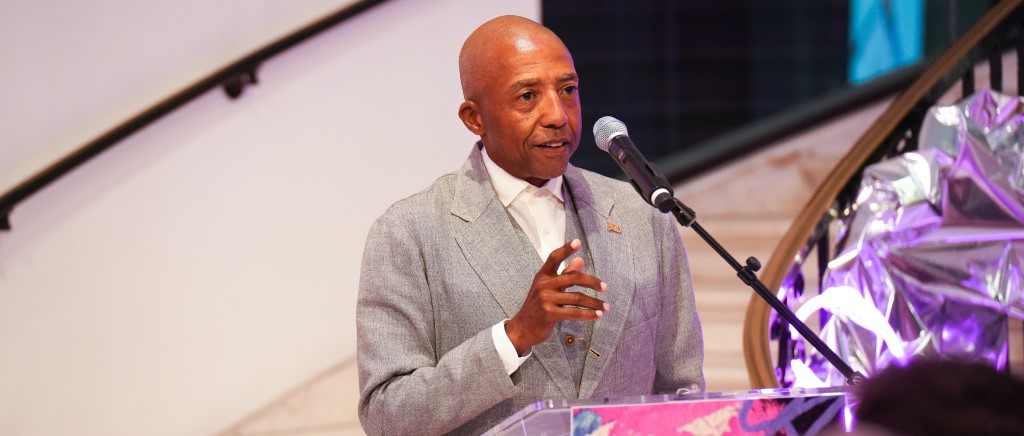


 Defensive Impact (higher is better)
Defensive Impact (higher is better)
 Matchup Difficulty (right = they guard more difficult players)
Matchup Difficulty (right = they guard more difficult players)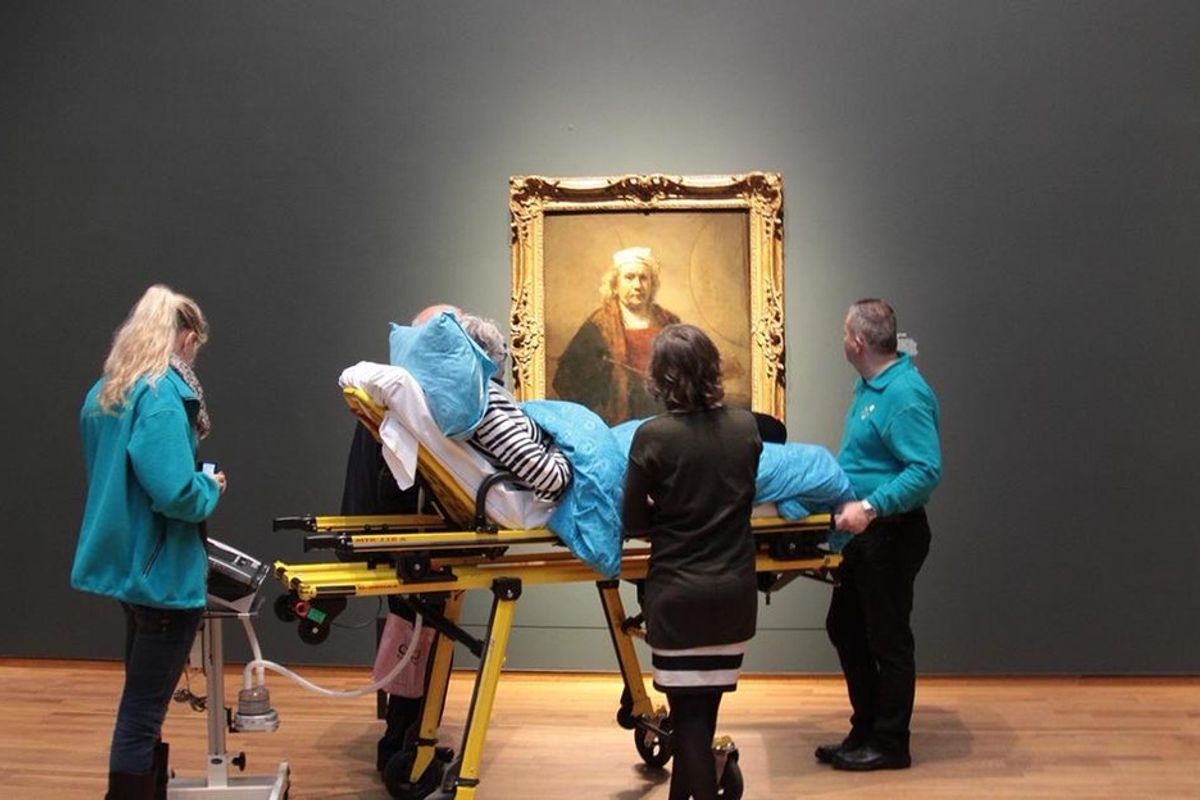

















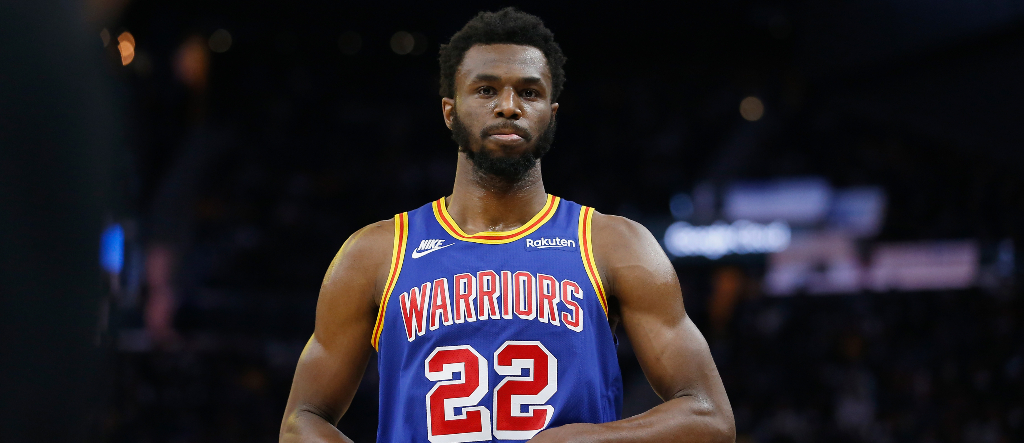
 (@BamBam1A)
(@BamBam1A)